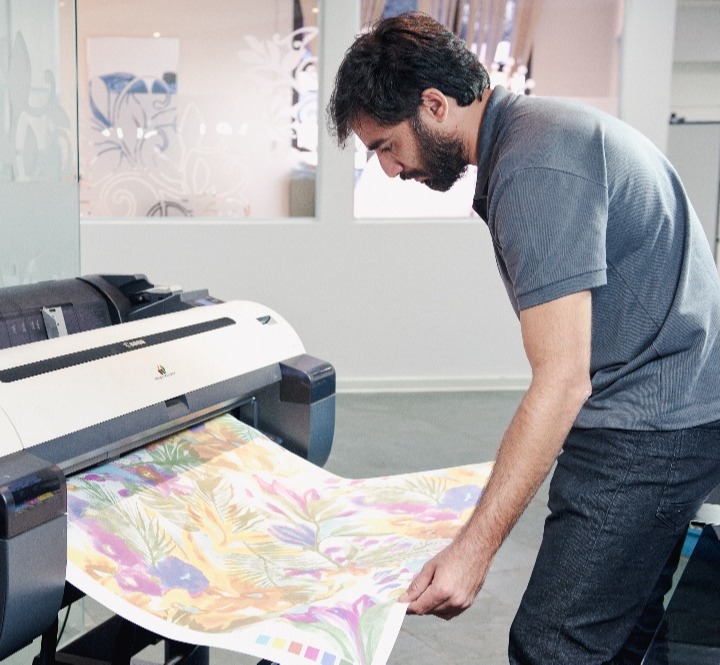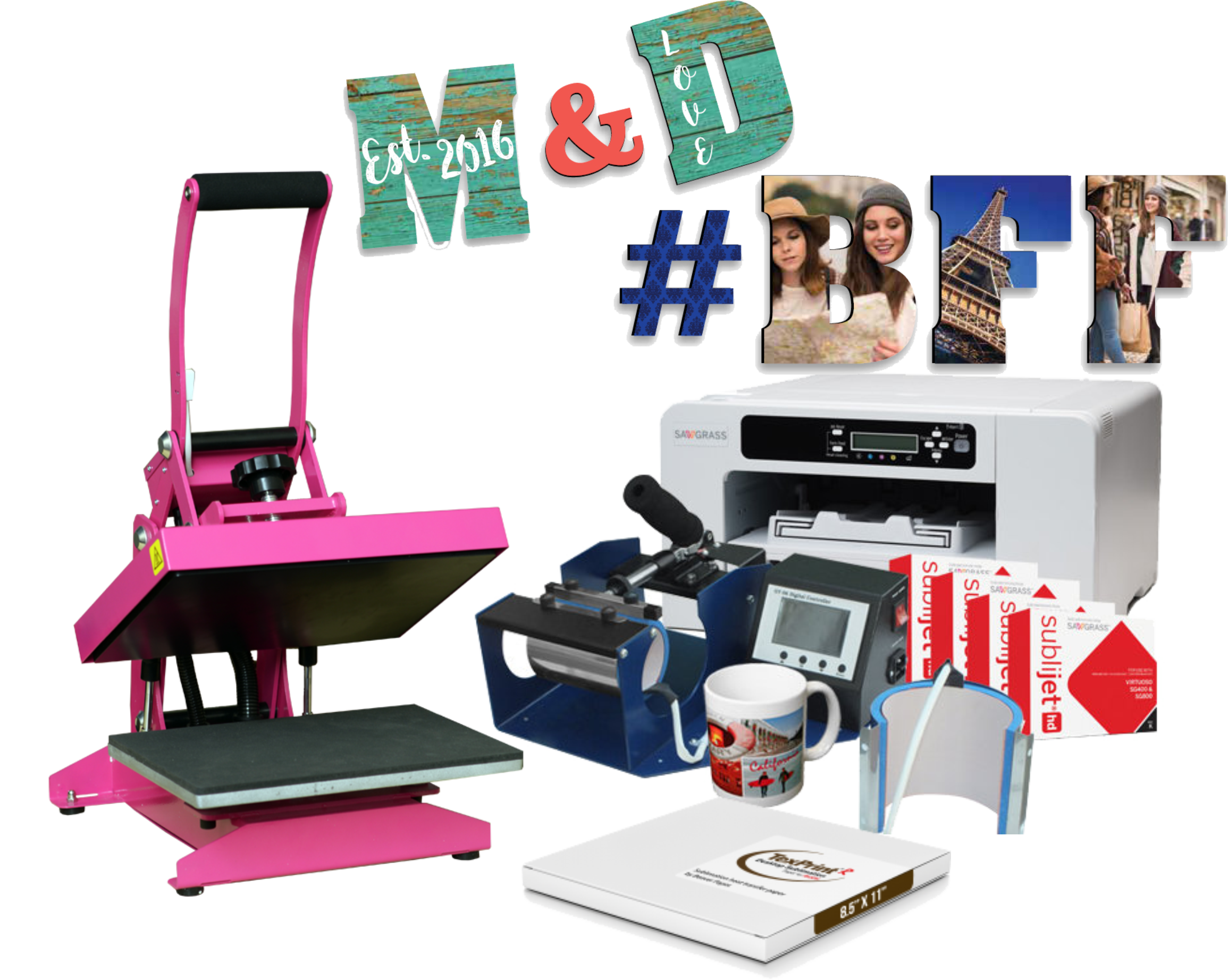From Traditional to Digital: Comprehending the Evolution of Cloth Printing
The transformation of fabric printing from typical methods like block printing and withstand dyeing to modern strategies such as screen and digital printing marks a substantial change in the textile industry. Standard methods, steeped in artisanal workmanship and social value, have slowly offered way to digital technologies that offer unmatched precision, efficiency, and modification. This shift not only improves production capabilities yet likewise straightens with expanding demands for sustainable practices. Just how do these developments impact the significance of towel printing, and what might the future hold for this ever-evolving craft?
Standard Cloth Printing Methods
In the early phases of textile manufacturing, standard cloth printing techniques offered as the cornerstone of textile style, offering both functionality and imaginative expression. Block printing, one of the oldest approaches, included carving complex designs into wooden blocks, which were then dipped in color and pushed onto textile.
Withstand dyeing, consisting of methods like batik and tie-dye, used wax or other compounds to avoid color from penetrating certain locations of the textile. This technique developed striking contrasts and intricate styles, frequently imbued with cultural significance. Stenciling, an additional traditional method, included reducing patterns into a material and applying dye via the openings, supplying a less complex yet reliable means to generate repeated layouts.
These traditional techniques not only formed the fabric sector's very early growth yet likewise laid the groundwork for future advancements. Each method mirrored the local and social qualities of its origin, maintaining and sharing artisanal understanding via generations.
The Surge of Display Printing
The arrival of display printing in the very early 20th century marked a considerable departure from traditional techniques, using extraordinary versatility and effectiveness. Display printing made it possible for developers to generate intricate patterns and vibrant shades on fabrics, which were formerly challenging to attain with block printing or hand-painting approaches.
One of the key advantages of screen printing is its capacity to duplicate complex layouts widespread with exceptional fidelity. This scalability made it exceptionally popular in the industrial textile market, where mass manufacturing without sacrificing high quality is vital. Moreover, display printing accommodates a wide variety of dyes and inks, broadening the scheme of textures and coatings readily available to developers.
Furthermore, the procedure is highly adaptable, appropriate for different fabric kinds consisting of cotton, silk, and synthetics. This adaptability, integrated with its cost-efficiency for large runs, solidified display printing's duty as a cornerstone of contemporary textile production. Hence, the surge of screen printing transformed the sector, pressing the boundaries of what was possible in fabric layout.

The Introduction of Digital Printing
Building on the exceptional developments brought by screen printing, the textile sector experienced another groundbreaking development with the advent of digital printing. Arising in the late 20th century, electronic printing revolutionized the way designs are transferred onto materials, providing unprecedented flexibility and efficiency. Unlike conventional approaches, which usually required considerable arrangement and substantial hands-on treatment, digital printing employs computer-aided design (CAD) innovation to create elaborate patterns directly onto the textile with high precision.
This development has enabled fabric suppliers to satisfy the expanding need for modification and on-demand manufacturing. By eliminating the requirement for displays and plates, electronic printing lowers preparations and decreases product waste, making it a more sustainable option. The capability to print complex photos and a variety of colors in a single pass has Discover More Here actually opened brand-new creative opportunities for developers, cultivating a surge in artistic expression within the industry.
Furthermore, electronic printing supports smaller sized batch manufacturing runs, which is specifically helpful for specific niche markets and startup style brands. This technical jump has not just improved operational effectiveness but additionally equalized accessibility to top notch textile printing, setting the phase for future developments in fabric design and manufacturing.
Comparing Techniques: Conventional Vs. Digital
While both standard and digital printing approaches have their very own special benefits, they vary considerably in regards to procedure, performance, and environmental effect. Traditional cloth printing, encompassing methods like block printing and display printing, involves manual work and elaborate craftsmanship. These methods are commemorated for their capacity to create vivid colors and abundant structures, commonly leading to distinct, artisan-quality products. Nevertheless, they are labor-intensive, taxing, and often restricted in regards to color selection and layout complexity.
In comparison, electronic printing utilizes innovative innovation to move styles directly onto material utilizing inkjet printers. Digital printing is significantly faster, permitting for fast turn-arounds and just-in-time production, which lowers the demand for huge inventory company website storage.
From an ecological perspective, electronic printing is typically more lasting. It makes use of less water and produces very little waste compared to standard techniques, which typically include comprehensive washing and dyeing procedures. Subsequently, electronic printing is significantly preferred in an age where environmental considerations are paramount.
Future Fads in Cloth Printing
As the fabric market continues to advance, future patterns in cloth printing regularly point in the direction of greater assimilation of technology and sustainability. One substantial fad is the increased application of electronic printing technologies. These improvements enable higher precision, much faster manufacturing times, and the capacity to create complex styles that were when difficult with traditional techniques. Digital textile printing is expected to control the marketplace, driven by its effectiveness and adaptability to consumer demands for personalized and limited-edition items.

Furthermore, the consolidation of clever textiles, which incorporate electronic components into textiles, is set to revolutionize the market. These fabrics can supply additional capabilities such as temperature law, health and wellness surveillance, and interactive attributes. As innovation continues to development, the intersection of digital printing and clever fabrics will certainly open brand-new methods for functional and imaginative applications in cloth printing.
Verdict
The advancement of fabric printing from typical methods to digital innovations marks a considerable makeover in the textile market. While standard strategies highlight artisanal craftsmanship and social heritage, electronic printing offers unmatched accuracy, efficiency, and personalization. This change not just enhances production capabilities but likewise sustains sustainability campaigns. Future fads are likely to continue incorporating advanced technologies, even more redefining textile style and production processes to satisfy environmental factors to consider and modern needs (Branded clothing).
The transformation of cloth printing from traditional approaches like block printing and resist coloring to contemporary methods such as display and digital printing marks a substantial shift in the textile sector. Screen printing enabled developers to produce detailed patterns and vivid shades on fabrics, which were formerly challenging to accomplish with block printing or hand-painting techniques.
Structure on the impressive improvements brought by screen printing, the textile sector experienced another groundbreaking growth with the introduction of electronic printing. DTF printing. Typical towel printing, incorporating techniques like block printing and display printing, entails hands-on labor and detailed workmanship. As innovation proceeds to advance, the crossway of electronic printing and smart fabrics will open up brand-new avenues click to find out more for useful and innovative applications in towel printing
 Luke Perry Then & Now!
Luke Perry Then & Now! Kelly Le Brock Then & Now!
Kelly Le Brock Then & Now! Raquel Welch Then & Now!
Raquel Welch Then & Now! Soleil Moon Frye Then & Now!
Soleil Moon Frye Then & Now! Rachael Leigh Cook Then & Now!
Rachael Leigh Cook Then & Now!